- HOME
- Infrared Sauna Benefits
- Sound Therapy
Infrared Sauna Sound Therapy Heals And Harmonizes
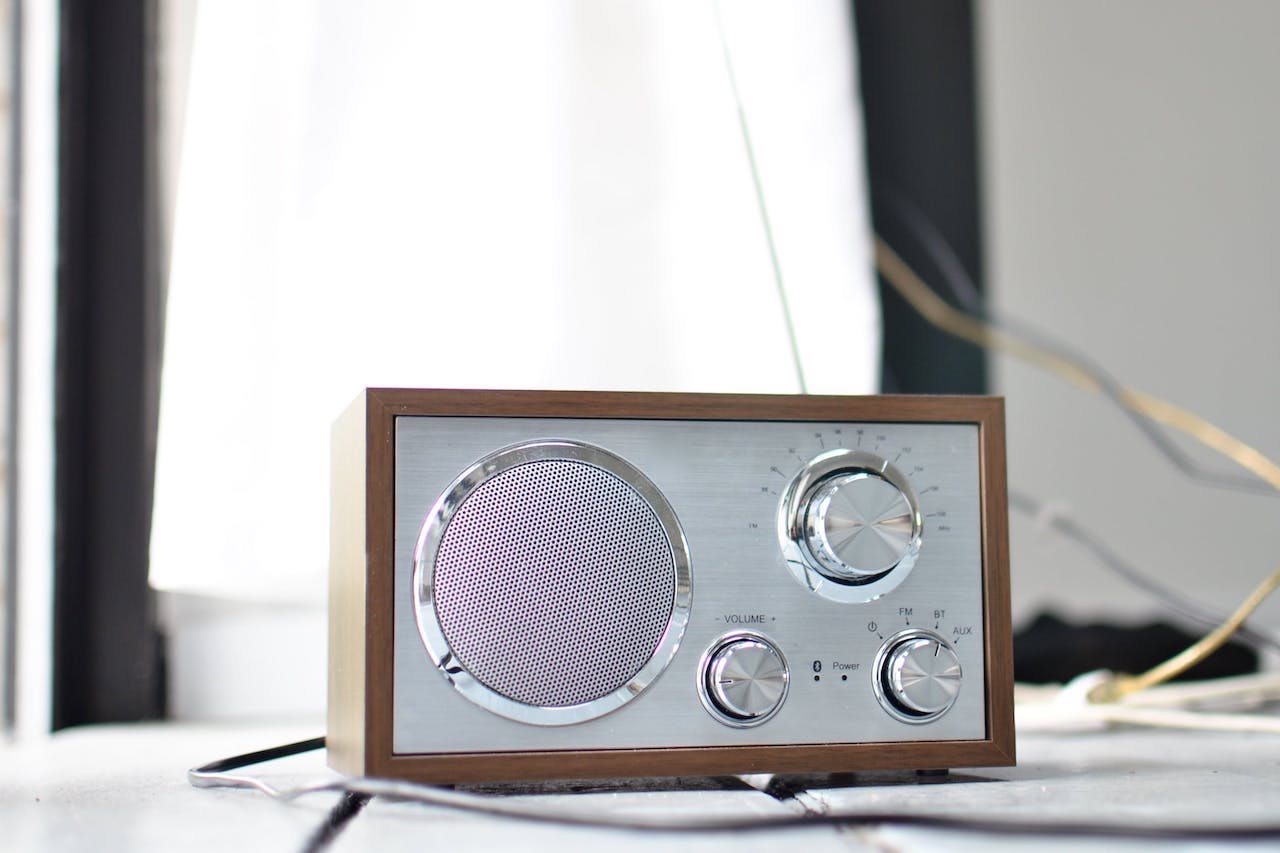
Surrounded by warmth—whether in a wood-lined infrared sauna cabin, under a sauna blanket, or lying on a PEMF infrared therapy mat—sound therapy takes on a deeper dimension.
Rooted in the principle that all life vibrates at specific frequencies, infrared sauna sound therapy uses these vibrations to support physical and mental health. Sometimes called vibrating sound technology, this approach blends ancient healing practices with modern science.
Its roots may trace back to the earliest use of sound by humans, but it’s only since the 19th century that its therapeutic effects have been studied clinically.
So what makes this therapy so impactful today? And how does it differ from other forms of vibration therapy?
A quick tour of the blog post
- Resonant past
- Tune of sound therapy
- The differences between sound therapy and other vibrational therapies
- Sound therapy at home
- Infrared sauna sound therapy

Check out our latest 2025 PEMF infrared mat reviews
The Resonant Past
Civilizations across the globe recognized sound therapy’s powerful healing potential. Ancient shamans and monks chanted rhythms and melodies to mend spirits and bodies alike. Societies from Egypt to India used sounds for balance and spiritual ascendance. Instruments like Tibetan singing bowls and the Aboriginal didgeridoo vibrated healing into the soul.
Though nearly forgotten in the West, the 20th century saw a revival with the discovery of ultrasound by professor R. Wood in 1927, reaffirming sound therapy's scientific roots. This rich history highlights sound's enduring role in healing and connection.
The rise of sound therapy in modern times is supported by scientific breakthroughs. In the late 1800s, the French physician Diogel began foundational sound therapy research, studying music's effect on patient physiology.
The discovery of ultrasound in 1927 by professor Wood sparked a wave of scientific inquiry into sound's effects on cells. This brought sound therapy into mainstream medicine, with hospitals employing it to soothe patient stress and pain.
A blend of age-old practices and contemporary scientific developments, sound therapy strengthens the role of healthy therapy in today's healthcare, underscoring its widely recognized efficacy in healing and holistic wellness.

The Tune of Sound Therapy
Trained practitioners
Sound therapy is often guided by trained practitioners who skillfully select and use various instruments based on their unique therapeutic properties. The role of the practitioner is vital in sound therapy.
They may adopt an active approach, where clients engage in creating music, or a passive one, involving listening or responding to music. Some practitioners combine both methods to enhance the therapeutic experience.
Their expertise in understanding the effects of different sounds and frequencies is essential for tailoring therapy to achieve the desired outcomes.
Instruments
Gongs, singing bowls, bells, chimes, and drums are commonly used instruments in sound therapy due to their ability to create sustained metallic notes, ideal for meditation and relaxation.
The choice of a particular instrument is often based on its frequency and the type of sound it produces. And, yes, the human voice is an instrument too.

The Practice
The process of sound therapy involves listening to specific sound frequencies, which influences your body's systems [1]. This affects how the blood flows and the way the heart works, as well as the functioning of muscles and bones. These changes can help your body heal and feel better overall.
Listening to specific sounds or music, especially through headphones, taps into deep-rooted neurological pathways. Over millions of years, music has been integral to human evolution, shaping our brain's structure and function.
It stimulates cognitive abilities, emotional resonance, and neurotransmitter release, showcasing its therapeutic potential for enhancing brain health and treating neurological disorders [2].
Sound therapy is also known for reshaping physiological states by affecting hormones, brainwaves, and the nervous system. This impact fosters different feelings, showcasing sound's physical influence. Research [3] supports this, detailing how music alters biochemical messengers tied to body regulation.

Harmonic Benefits
Sound therapy is known for offering several significant benefits.
Stress Reduction
A study found that sound meditation, particularly singing bowls, can reduce tension, anger, fatigue, and depressed mood in participants. It implied that the soothing sounds or vibrations can induce a state of relaxation and reduce stress. [4]
Improved Sleep
Research suggests that listening to calming music can enhance sleep quality in adults with sleep disorders. The researchers examined certain frequencies and rhythms in sound therapy and found that these can align with brain wave patterns to ease the transition to deep, restorative sleep. [5]
Pain Relief
A study of vibroacoustic therapy, (also named vibrational resonance therapy or acoustic resonance therapy) in patients with chronic pain has shown that it leads to significant pain reduction and increased quality of life. This kind of sound therapy uses low-frequency sine wave vibrations that are transmitted into the body through a device with built-in speakers. [6]
This research discovered that sound therapy can distract the brain's attention from pain, reduce stress (which can worsen pain), and induce a relaxation response in the muscles and body.
Lowered Blood Pressure and Improved Cardiovascular Health
Relaxing sound therapy sessions can lead to lower stress levels, which in turn may decrease blood pressure and heart rate. This was the tentative conclusion of a study into the effect of music on blood pressure and heart rate in people with hypertension. [7]
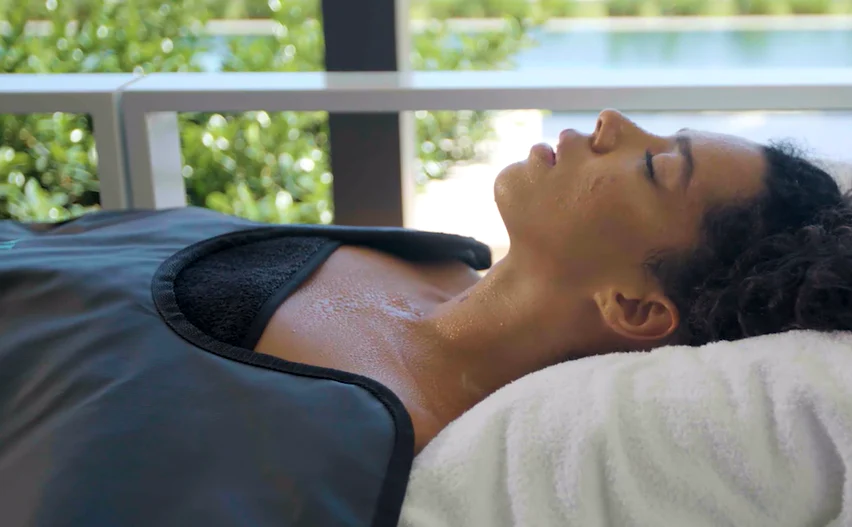
Check out our latest 2025 review on sauna blankets
The Differences Between Sound Therapy and Other Vibrational Therapies
Both sound therapy and other vibrational therapies rely on vibrations, but they differ in frequency and application methods. It's crucial to understand these differences to choose the right therapy. We have listed the most important features of sound therapy and three other common vibrational therapies for home use:
Sound Therapy
This therapy utilizes frequencies within the human hearing range (20 to 20,000 Hz). These audible frequencies are commonly used for relaxation and mental well-being, making sound therapy preferred for stress, anxiety, or sleep disorders because of its psychological benefits.
Vibroacoustic Therapy
The frequencies of this therapy ranges from 30 to 120 Hz, often at 40 Hz. You can apply it at home via a vibroacoustic therapy mat or chair. It enhances well-being and is used for pain and mood disorders.

Whole-Body and Localized Vibration Therapy
These therapies use frequencies between 0.5 to 80 Hz. It involves standing or sitting on vibrating plates (whole-body) or using portable devices (localized). These frequencies provide benefits like increased muscle mass and reduced pain.
Low-Amplitude Vibration Therapy
This low frequency therapy operates below 20 Hz and offers targeted relief for various conditions using portable wraps or gloves.
Each vibrational therapy has its unique application and potential benefits. Sound therapy operates within the audible frequency range primarily for psychological benefits, other vibrational therapies use a variety of frequencies and methods to target physical well-being, from pain relief and muscle relaxation to improved bone density and circulation.
You can select the right frequency for your personal needs and preferences.
Sound Therapy at Home
There are different types of sound therapies that you can practice at home, wherever you are, and especially in the serene and rejuvenating atmosphere of your sauna. Some require an investment of money or time to master, others are completely free or can be implemented without any knowledge. Choose the therapy that appeals to you most.
Chanting or Humming
Chanting certain sounds or mantras can modify your brainwave frequencies, promoting relaxation and healing. The most basic chant would be the universal "Om" sound. All you need is a quiet and comfortable space. YouTube or meditation apps can provide guided chanting exercises.
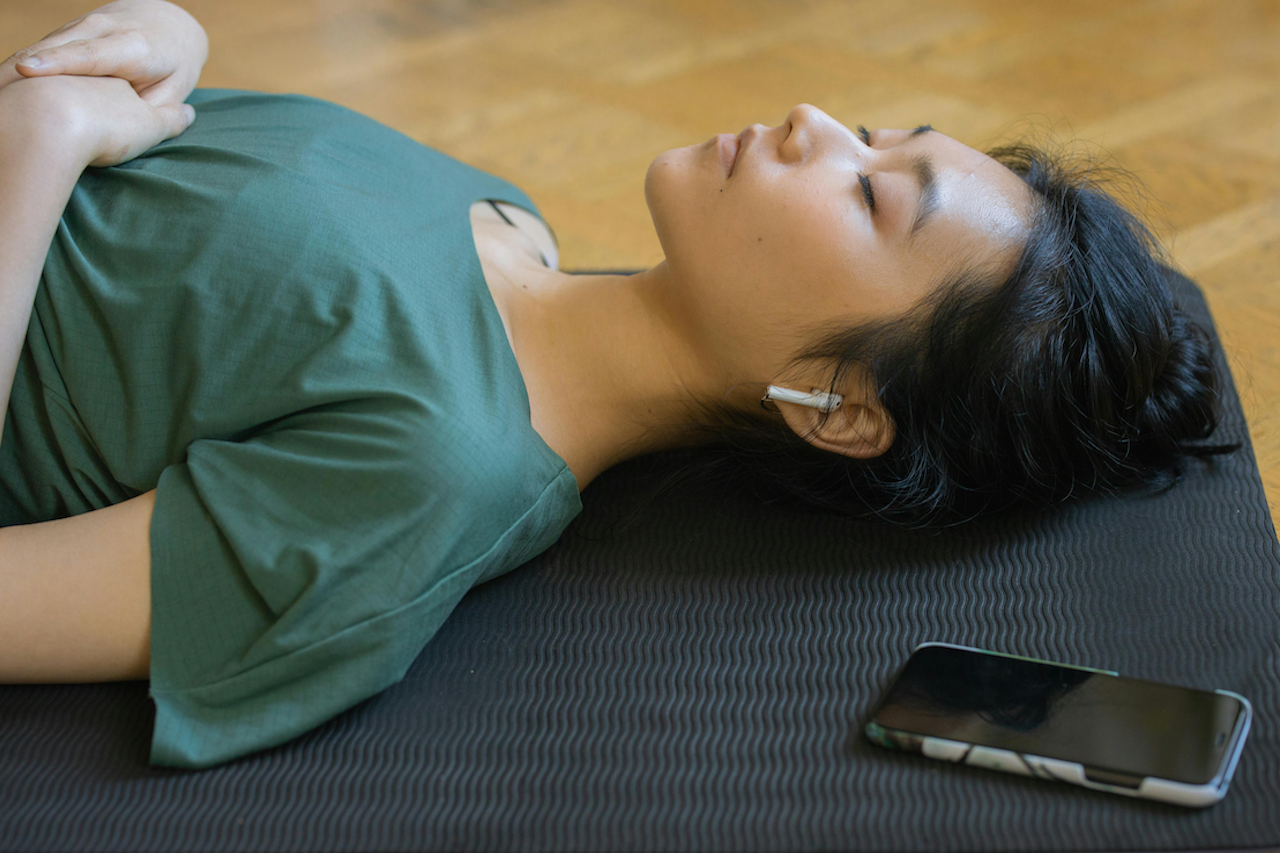
Guided Meditations with Sound
Many guided meditation resources online involve sound therapy and music to support relaxation (YouTube, Spotify, or apps like Headspace, Calm). All you need is a quiet place and a smart device to listen from.
Listening to Nature Sounds
Listening to the sounds of water, birds, or leaves rustling can have a therapeutic effect. You can find these sounds on numerous applications like Calm and Noisli or you can search for videos on YouTube. Healing Frequencies: There are specific frequencies believed to have certain healing effects, like 432Hz and 528Hz, and music tuned to these frequencies can be found online. Various platforms like YouTube or meditation applications offer tracks tuned to specific frequencies. Listening with good quality headphones is often recommended.
White Noise Machine
This machine generates all kinds of natural sounds for all frequencies, helping to drown out disturbing noises and create a peaceful environment for sleep or relaxation. The machine is small, portable, and often comes with various sound settings. The prices online vary from $ 20 up to $ 200.
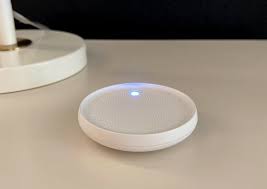
White noise machine
Binaural Beats
This form of sound therapy uses two different frequencies to be played through headphones in each ear. This creates a perceived tone that can deepen relaxation and promote sleep. These tracks are easily accessible through various online platforms such as YouTube and can be integrated into your daily routine, especially during infrared sauna sessions, to enhance the therapeutic experience. [8]
Tuning Forks
These forks produce a unique sonic vibration when hit. These vibrating tools are used to relieve muscle pain and discomfort. The prices for these forks range from $ 20-70 and sets can go up to $ 200. These courses are offered online where you can learn the correct striking technique and the points on the body where it can be used for maximum effect.

Tibetan Singing Bowls
When struck, they produce sounds that invoke a deep state of relaxation aiding in meditation and stress reduction. There are a large number of courses available online. Some singing bowl sets can be bought online for less than $ 30 driving up to $ 400, indicating the vast diversity in types and qualities.
Sound Bath
This requires a collection of gongs, cymbals, and singing bowls which create an immersive sound experience. Prices are difficult to indicate because it depends on which tools you include in your sound bath. Online courses are also offered for learning these techniques. There are also virtual 'sound baths' available. You can often register for this online.
Infrared Sauna SoundTherapy
Including sound therapy in your infrared sauna sessions takes your overall rejuvenating experience to a new level. The infrared heat penetrates deeply, which intensifies the effects of relaxation and detoxification; sound therapy contributes to emotional and mental well-being. This combination amplifies the individual benefits of each therapy, making the session way more effective than either therapy on its own. Here are some presumed benefits:
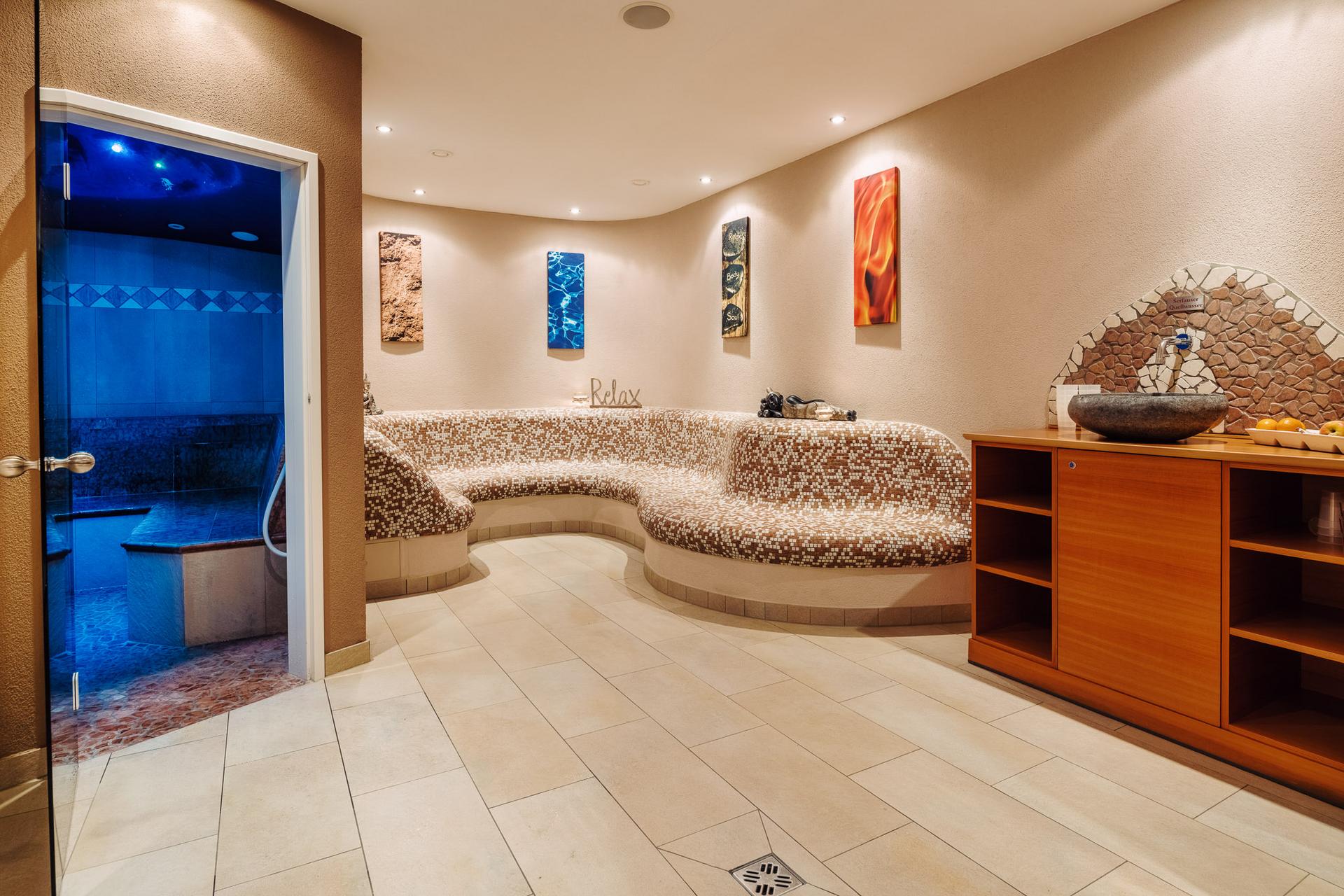
multiplied benefits
Deeper Relaxation: Both sound therapy and infrared saunas relax mind and body. Sound therapy uses various sounds and frequencies to calm the mind and potentially reduce stress and anxiety. Infrared saunas use heat to stimulate the muscles and increase blood flow, leading to physical relaxation. The combination of both creates a deeper relaxation experience.
Mood Elevation: Sound therapy may influence brainwave frequencies and induce various positive mental states. Along with the potential endorphin release from infrared induced sweating, this could result in improved mood and decreased stress levels.
Physical Health: Infrared saunas are known for inducing heavy sweating, which is said to detoxify the body. When combined with certain frequencies used in sound therapies this could lead to overall wellness and improved physical health.
Meditation Aid: Using sound therapy as a background for meditation while in an infrared sauna could potentially aid in focus and mindfulness, enhancing your meditative sessions.
Better Sleep: Both sound therapy and infrared saunas are capable of sleep improvement. Infrared saunas can aid in physical relaxation and reduce sleep disturbances, while sound therapy can sooth your mind and help prepare for a restful night.

Integrated Sauna Sound Systems
Many infrared sauna cabins come with built-in sound systems, Wi-Fi or Bluetooth. This enables you to play music or sound therapy directly through the saunas' audio systems. We should also mention some manufacturers provide an option for an integrated sound therapy system which resonates sound waves throughout the sauna.
This complements the light-touch massage effect of infrared therapy with the auditory and vibrational benefits of sound therapy.
Add Home Sound Therapy
You might like to try guided meditations with sound or even do your own chanting or humming. Maybe you prefer to listen to sounds from nature, like gentle rain, ocean waves, or a forest ambiance, to name a few examples. You can also choose healing frequencies on a mobile device or bring your white noise machine (if heat-resistant) with you. You have many options to experiment with and choose from.

HealthyLine PEMF Infrared Mats can seamlessly complement your practice
👉 Explore our blogpost HealthyLine PEMF Mats for Clinics
In the warmth of your session in an infrared sauna, sauna blanket or on top of a PEMF mat, sound therapy doesn't just add to the experience; it transforms it into a multi-sensory retreat. Here, heat and harmony unite to comfort your soul, calm your mind, and revitalize your body.
Your path to well-being is personal. What “resonates” varies from one person to another. It's about finding your frequency. As you navigate music's waves and your sauna's warmth, let the vibrations guide you to peace and health.
If you’d like to find out more, the article ‘Scientific Innovations Harness Noise And Acoustics For Healing’ [9] lends insight into sound's future in medicine. Whichever choice you make, let the symphony of sound therapy lift up your wellness journey!

Sam Everhart
Want more insights? Check out the following articles—and explore more expert reviews and wellness tips on PEMF mats, sauna blankets, and infrared therapy at saunace.com.
References
1. Lee Bartel and Abdullah Mosabbir, Possible Mechanisms for the Effects of Sound Vibration on Human Health, Special Issue The Expanding Scope of Music in Healthcare, https://www.mdpi.com/2227-9032/9/5/597
2. Luisa Speranza et al., Music affects functional brain connectivity and is effective in the treatment of neurological disorders, PubMed, https://pubmed.ncbi.nlm.nih.gov/35325516/
3. Abhishek Gangrade, The Effect of Music on the Production of Neurotransmitters, Hormones, Cytokines, and Peptides A Review, Music and Medicine, https://www.researchgate.net/publication/258172750_The_Effect_of_Music_on_the_Production_of_Neurotransmitters_Hormones_Cytokines_and_Peptides_A_Review
4. Tamara L. Goldsby et al., Effects of Singing Bowl Sound Meditation on Mood, Tension, and Well-being: An Observational Study, in: Journal of Evidence-Based Integrative Medicine, https://www.ncbi.nlm.nih.gov/pmc/articles/PMC5871151/
5. Hui-Ling Lai and Marion Good, Music improves sleep quality in older adults, PubMed, https://pubmed.ncbi.nlm.nih.gov/15660547/
6. Vilma Dudoniene et al., Effect of vibroacoustic therapy on pain management in adolescents with low back pain, Journal of Vibroengineering, https://www.researchgate.net/publication/31075461
7. Samitha Siritunga et al., Effect of music on blood pressure, pulse rate and respiratory rate of asymptomatic individuals: A randomized controlled trial, Scientific Research, https://www.scirp.org/journal/paperinformation?paperid=29924
8. Jacquelyn Cafasso, Do Binaural Beats Have Health Benefits? Healthline, https://www.healthline.com/health/binaural-beats
9. Hanae Armitage, Scientific innovations harness noise and acoustics for healing, Standford Medicine Magazine, https://stanmed.stanford.edu/innovations-helping-harness-sound-acoustics-healing/


